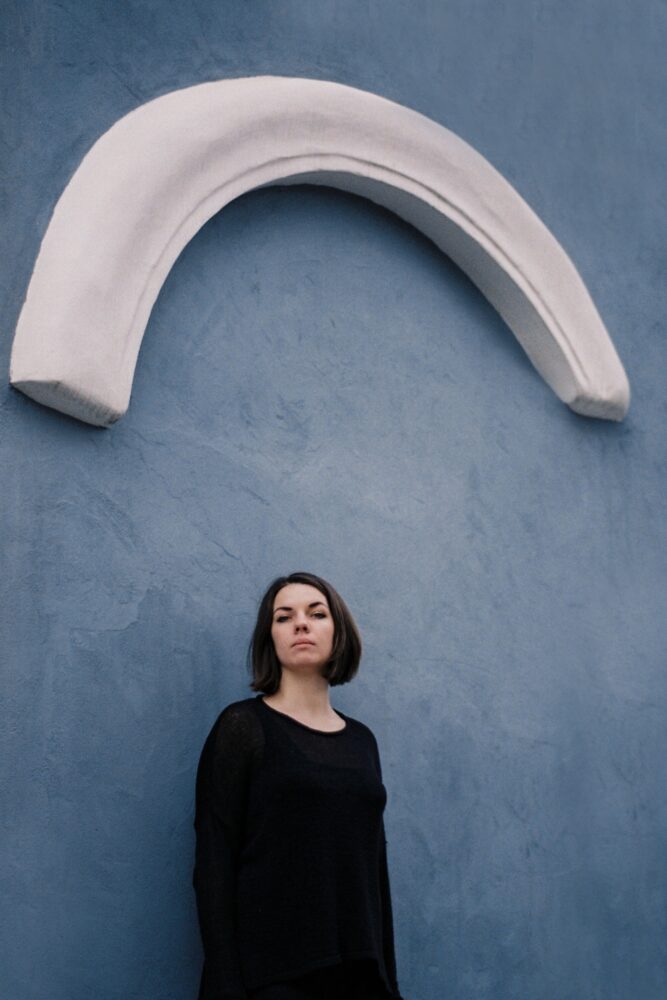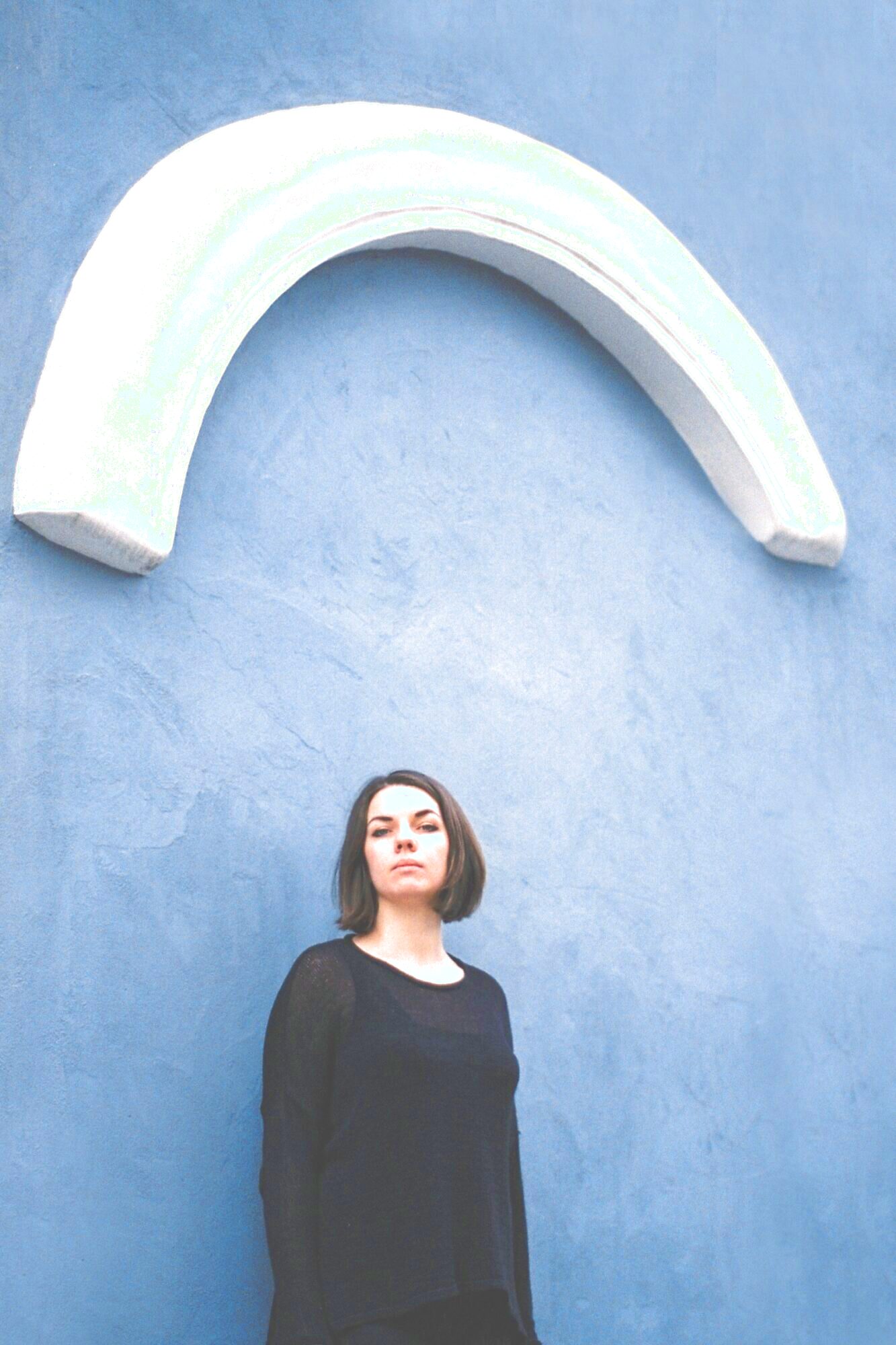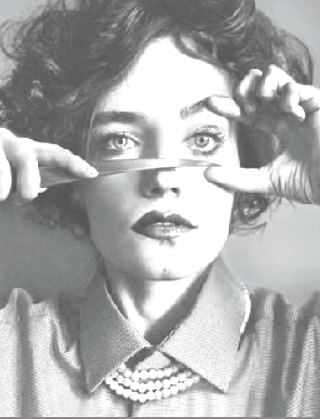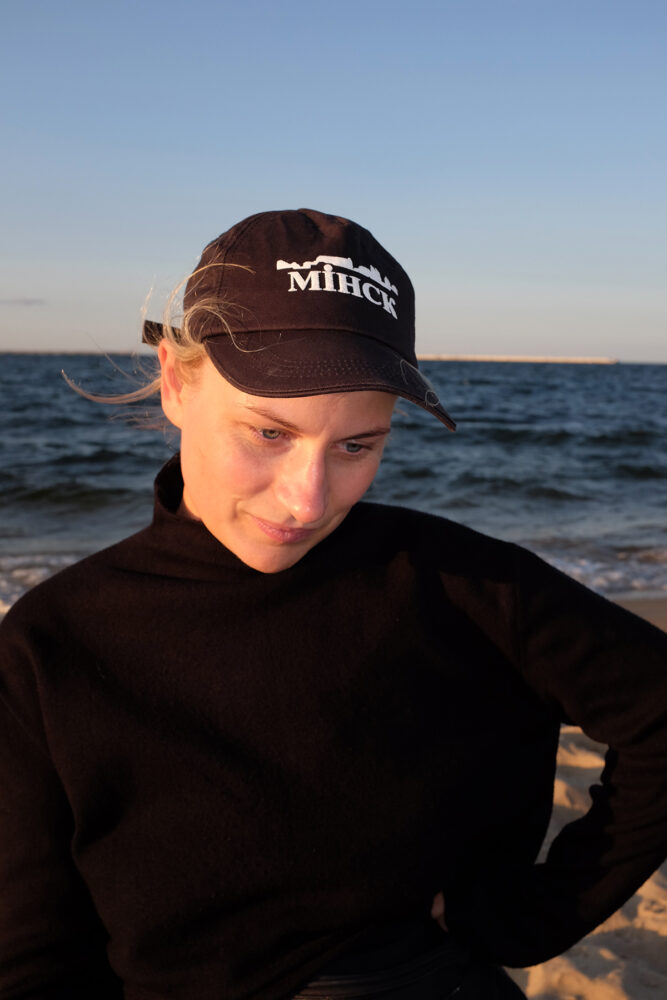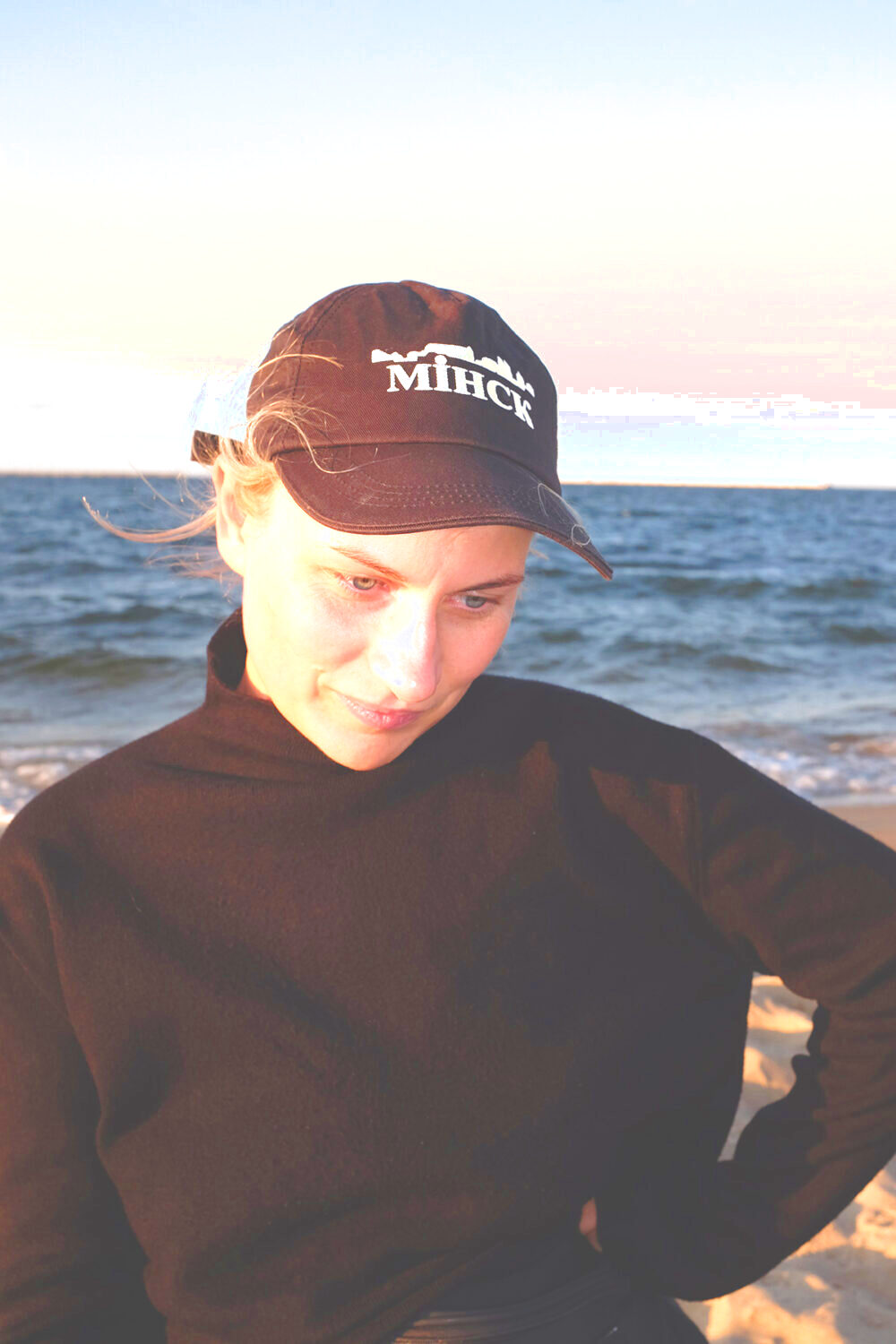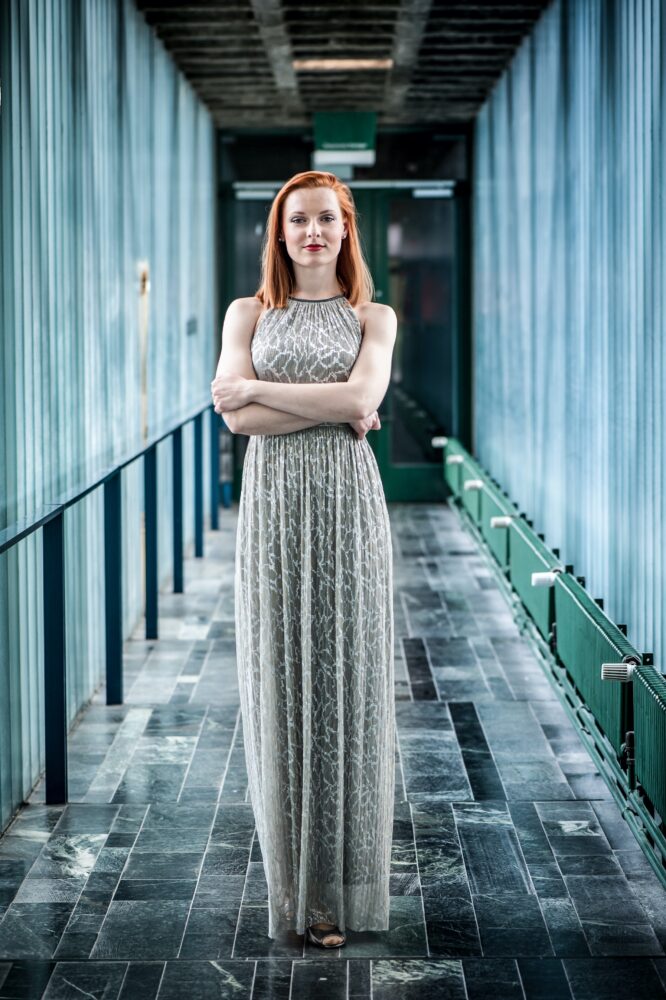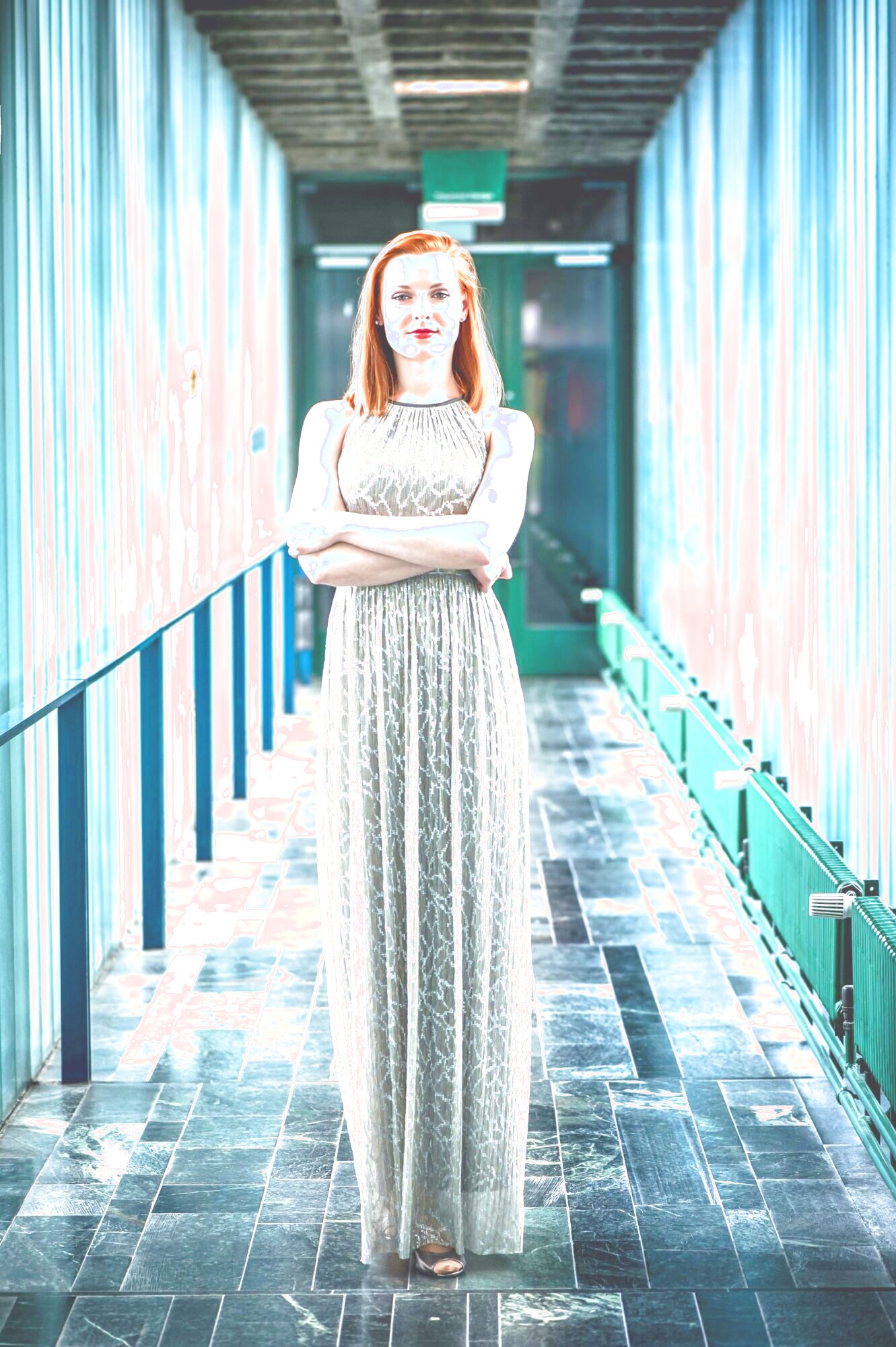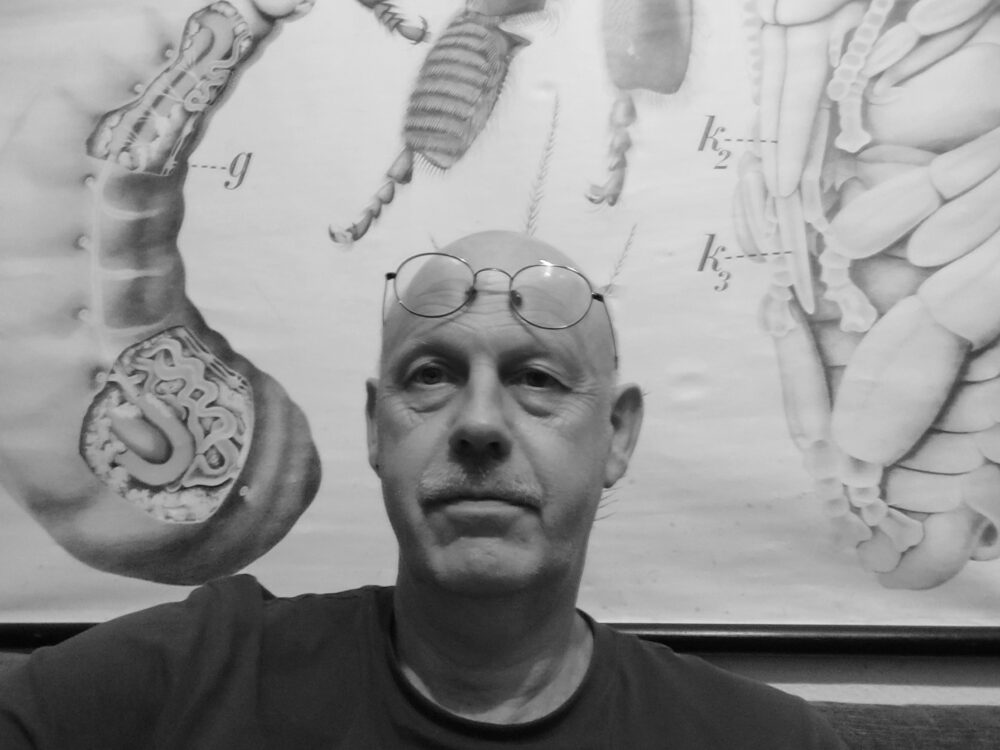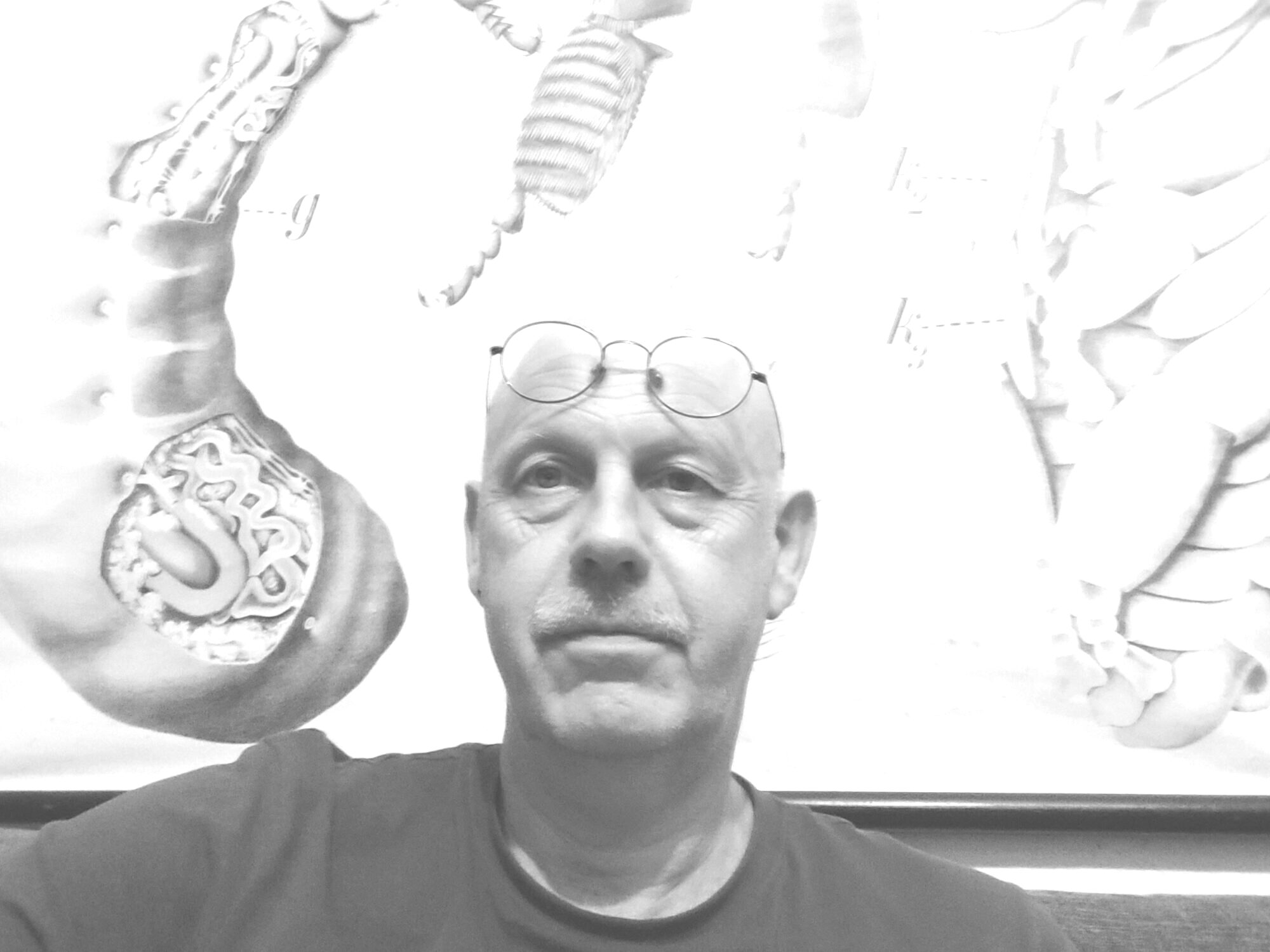Nadya Sayapina: Letter to Mom
„In front of me is a white sheet of paper. There are many words and images inside me that I want to express and turn into a letter. I want to write in such a way that I am understood and nothing is distorted.
But multiple views and perceptions can produce as many interpretations as there are readers. Sometimes I cringe at the thought that my words might be twisted and hurt other people. But I can’t give up writing, because writing means not losing the connection with those who are not with me, letting it all out, reliving it and looking at it from the outside. On a piece of paper, I can at least imagine that I have gotten back what I lost – my home. I write my own letters and collect the letters of others to put together into a long archive of different experiences and stories. When I think about why I keep writing, I realize I’m still hoping for a response.“
Nadya Sayapina began her project „Letter to Mom“ in January 2021 and was able to realize it and during a residency at the Mystetskyi Arsenal in Kiev with the support of the Goethe-Institut in Ukraine.
„Letter to Mom“ deals with the stories of people who had to leave Belarus urgently and are now building their lives in new places. It is based on thirty interviews with Belarusian immigrants, which the artist collected over several months. The project shows the emotional side of the experience of displacement: personal feelings, the sense of losing one’s homeland, helplessness and confusion, fear, insecurity and guilt. The artist turned to drawings, performances and installations through which the audience could recreate and relive the emotions experienced by the project participants.
The development and reconstruction of the project in different countries allows us to address the issue of forced migration in a more global context. „Letter to Mom“ presents a look at everyday and different things that migrants have gone through, trying to make audible what is difficult for them to articulate.
Nadya Sayapina documents her project with excerpts from the interviews on her own website: https://lettertomother.com.ua/eng/
